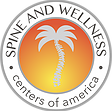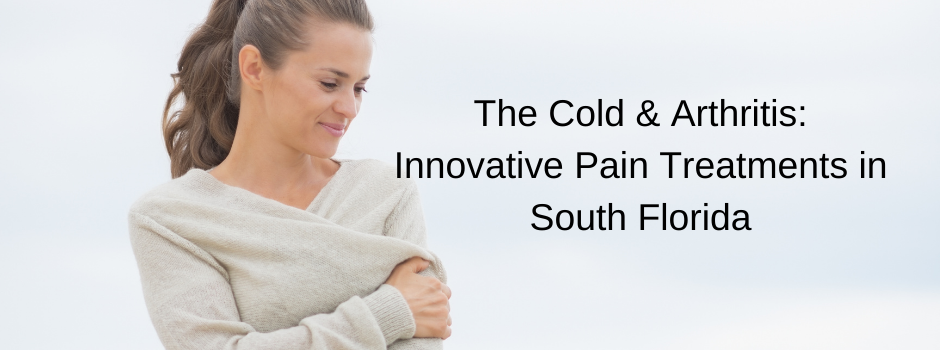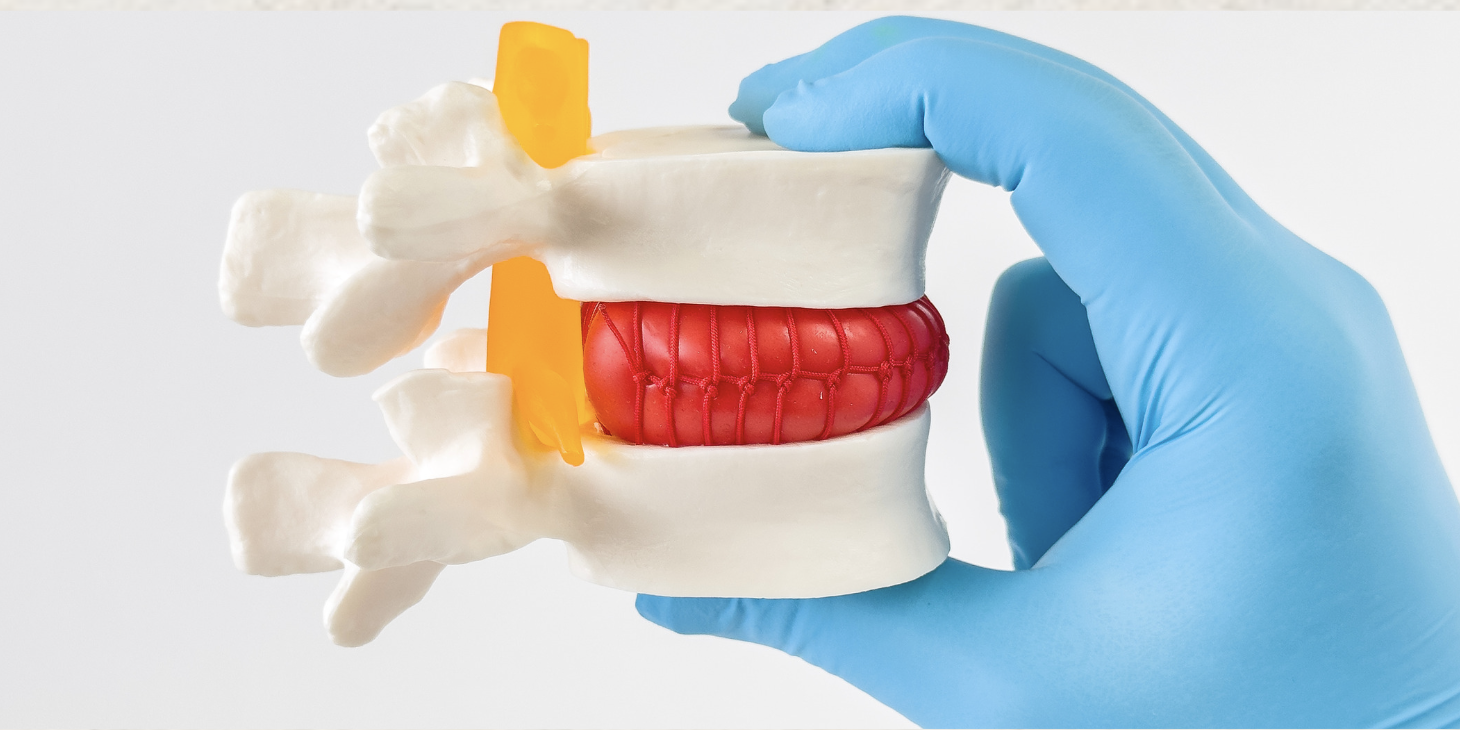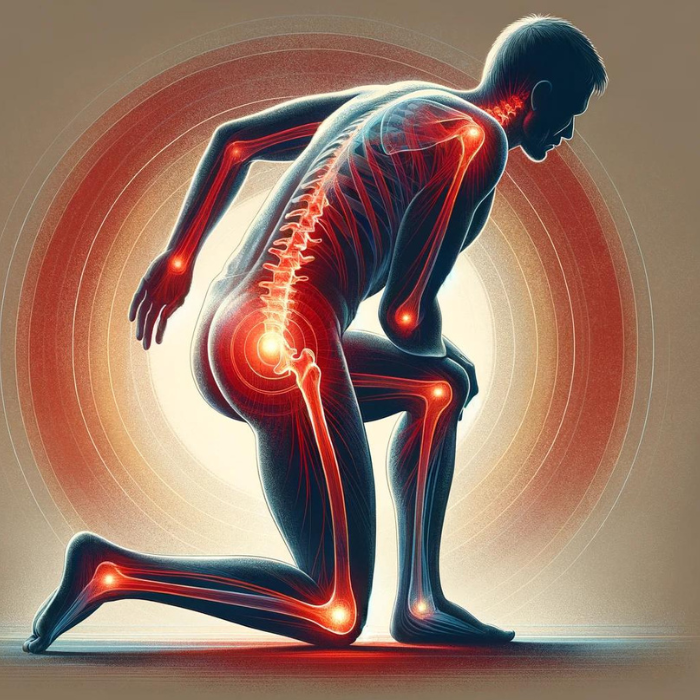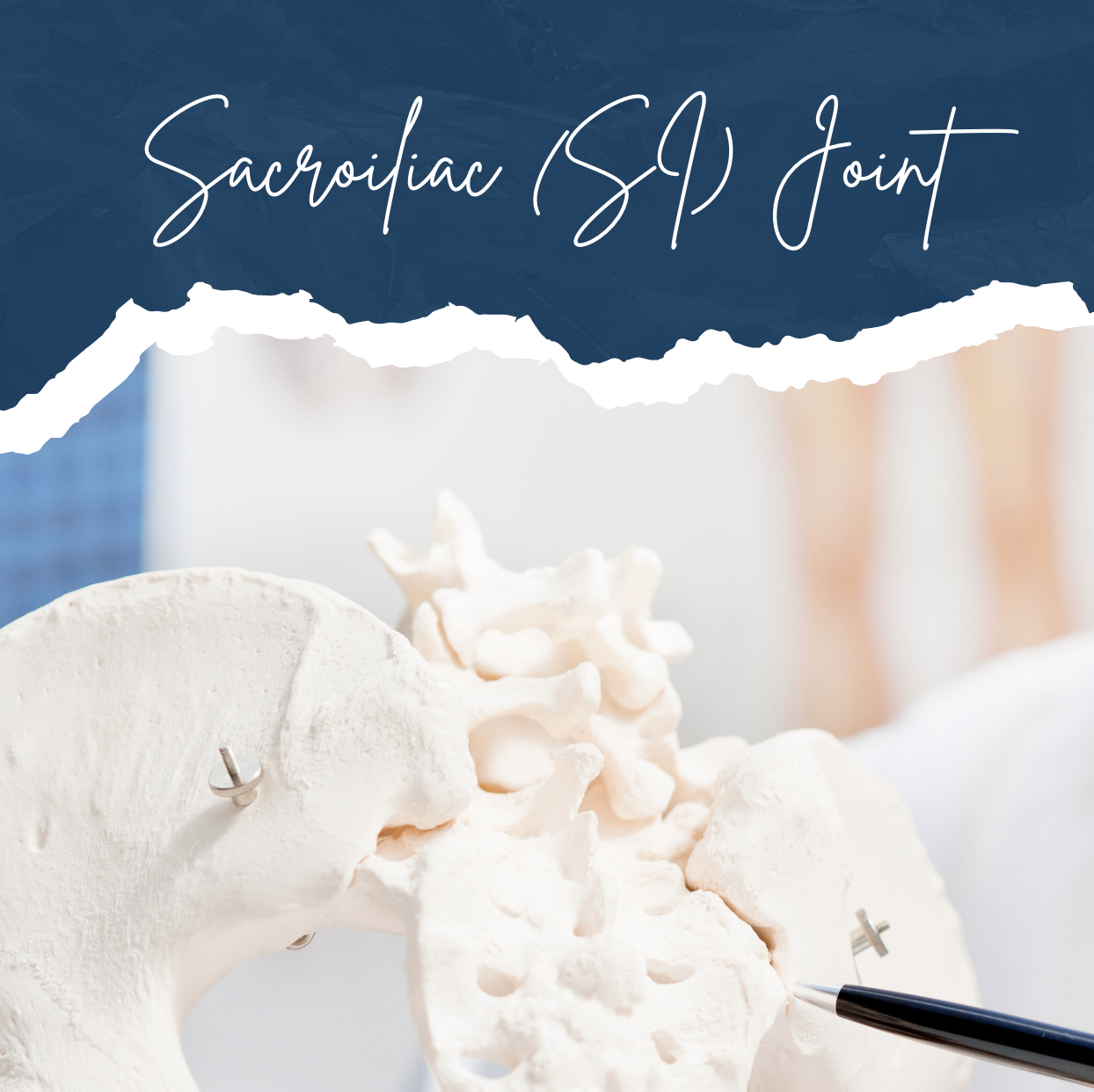Updated: Dec 9, 2020
Though research has yet to hone into the reason that cold weather seemingly exacerbates arthritis joint pain and stiffness, there are some explanations. It’s not the snow or drop in temperature which can cause a spike in symptoms. The factor that may be responsible for the increased pain is a change in barometric pressure. Barometric pressure is defined as the force exerted onto a surface by the weight of the atmosphere – at any given point. A fall in barometric pressure causes joints to expand, which can result in pain. Low temperatures can also increase the thickness of synovial fluid – which acts as a joint’s shock absorber. This can cause joints to stiffen and become more sensitive to pain. In fact, according to one study, genes that normally promote inflammation are increased in winter.
Dr. Maria Alejandra De La Peña at Spine And Wellness Centers of America specializes in arthritis – regardless of weather conditions. Winter doesn’t have to cause extra pain.
Some simple practices for navigating the colder weather include:
1. Dressing warmly to lessen arthritis pains.

Wearing layers help to trap body heat and keep joints warm. Whether wearing gloves/mittens to aid aching hands or wearing boots and warm socks for the feet, even thermal underclothes can help keep knees warm.
2. Get moving! Lack of physical activity can cause joints to become stiff.

3. The more weight a person carries, the more pain is experienced.

4. Hydrate – hydration is just as important in winter as warmer months, too.

5. Up Vitamin D intake. Low levels of vitamin D may play a role in arthritis pain.

Though, at present, most types of arthritis cannot be cured, there are a number of treatments that have proven effective – particularly in the colder months. Offering a variety of treatment options, Dr. De La Peña can customize treatment options and tailor them to an individual given their particular situation and lifestyle. She will evaluate each patient individually devising a plan that utilizes innovative treatments-such as regenerative medicine-which can alleviate pain and speed recovery.
Over-the-counter medications are used to control pain and inflammation in the joints. Acetaminophen can be effective in controlling pain while anti-inflammatory drugs include ibuprofen, and naproxen. Prescription medications also are available.
Injections (such as cortisone) – aimed directly into the joint can also temporarily relieve pain and swelling and Euflexxa gel injections, improve cushions of the joint.
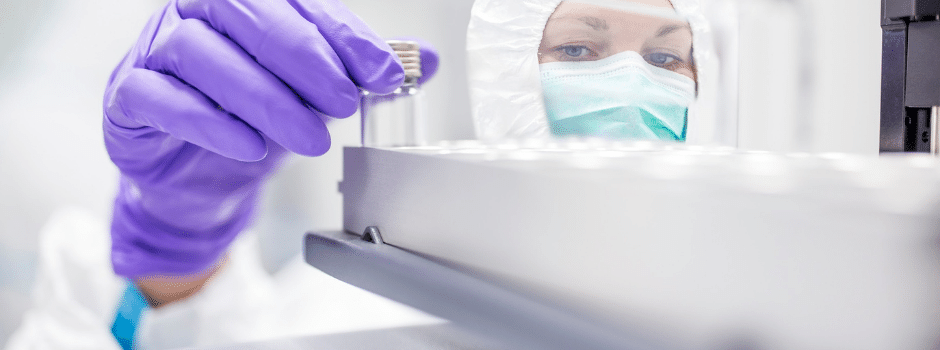
Regenerative Medicine is a beneficial and minimally-invasive option for treating arthritis symptoms. Treatments like Stem Cell Therapy use the body’s own materials and natural healing ability to urge recovery and may even encourage new tissue growth. Regenerative therapy has become an important treatment option for arthritis patients. One of the most common types of arthritis is osteoarthritis from wear and tear, or injury, to the cartilage. Stem cell therapy may produce anti-inflammatory effects and the potential to aid in tissue repair.
Injection of stem cells directly into an arthritic joint, via use of medical imaging (x-ray guidance or ultrasound) delivers the stem cells precisely to the site of cartilage damage. Stem cells can also be administered through an IV. Cannot tolerate recommended treatment for their condition.
Stem cell and PRP therapies are minimally invasive treatments that offer an alternative to surgery. These therapies can help to reduce joint inflammation and treated patients report improvement in just one or two days. The anti-inflammatory results of the procedure last two to three months.
Stem cell treatments are also safe as there is no rejection risk since the cells come from the body of the patient.
Similar to the stem cell treatments, PRP therapy (Platelet Rich Plasma) can work on osteoarthritis. As with most regenerative therapies, research is ongoing. Dr. De La Peña only uses only the patient’s natural bodily elements – blood, fat, bone marrow, and rich human growth factors for targeted, individualized treatments.
As a last resort, surgical treatment for arthritis must take into account the type of arthritis, its severity, and the patient’s physical condition.
Winter can be really hard on people with arthritis, as the cold air tends to exacerbate the symptoms and yet with Dr. De La Peña utilizing world-class treatments that are innovative, cutting-edge and, ultimately, safe, patients can reduce inflammation, pain and feel more comfortable while keeping the symptoms of arthritis at bay.
